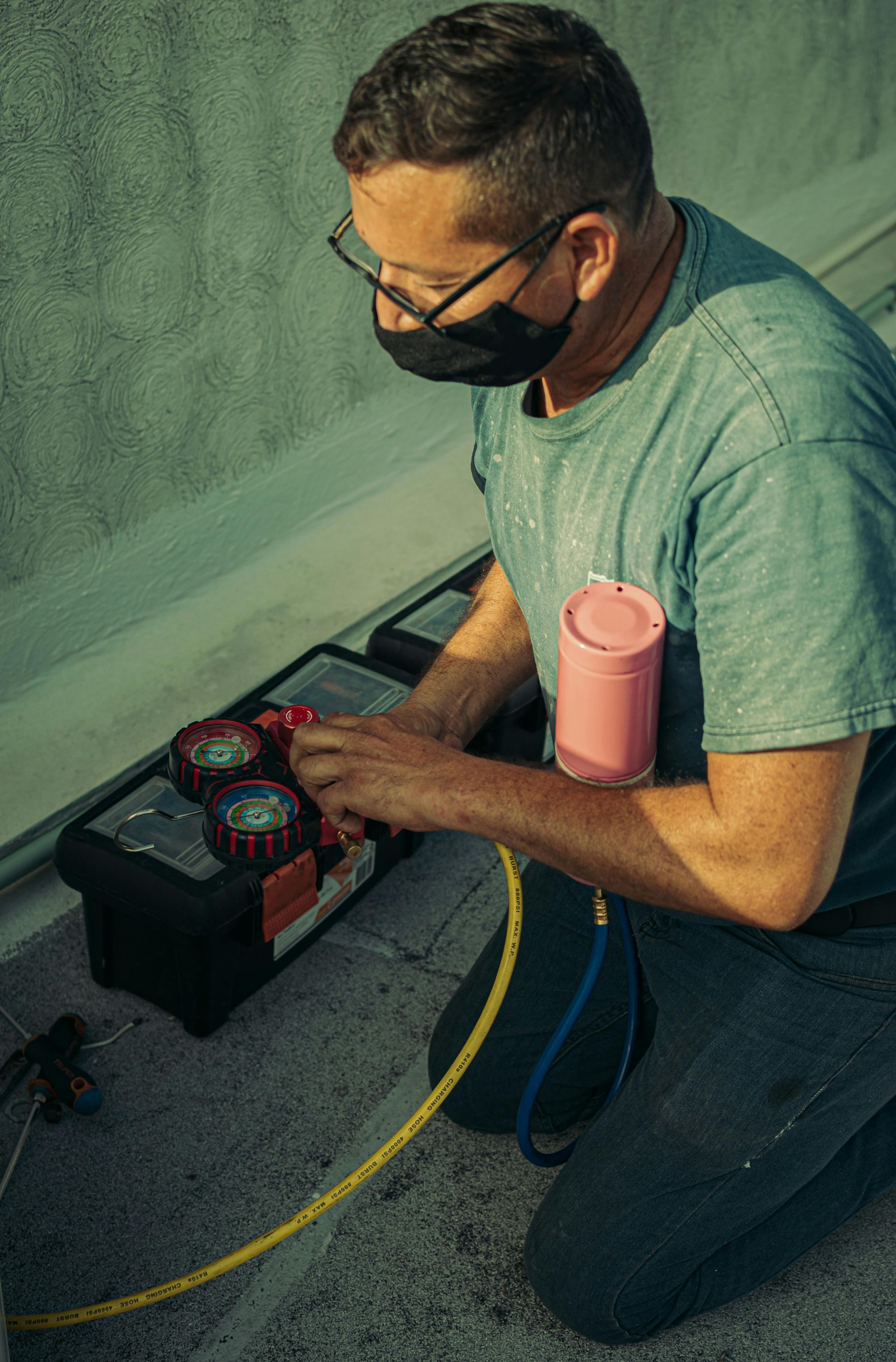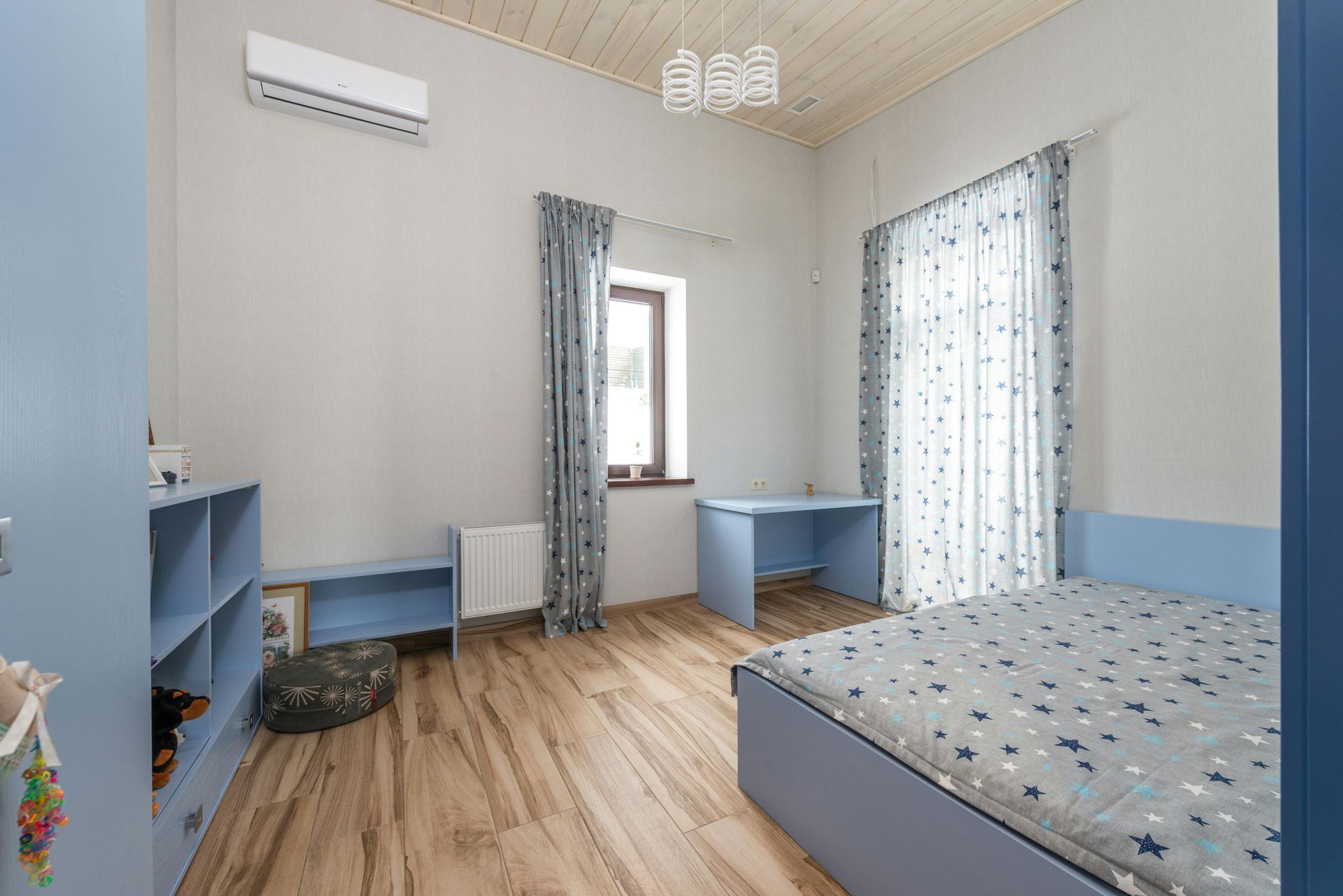Solar Panels on a New Home: A Cost-Effectiveness Analysis
In most residences, the first impression is the one made from the outside, not the interior. Rethinking outdoor spaces is important for creating the impression that lasts the longest.
Homes with solar photovoltaic panels (PV) can appeal to some new home buyers because of reduced electric bills and a lessened environmental impact. The decision to proceed with such a major investment, however, raises a question about the return on investment.
Home Innovation Research Labs recently completed a study analyzing the cost effectiveness of rooftop solar PV across five different markets: Phoenix; Tampa, Fla; Boston; Kansas City, Mo.; and Seattle.
The analysis was performed using the System Advisory Model (SAM) – a software developed by the DOE’s National Renewable Energy Laboratory (NREL). The software models the energy performance of the solar PV array at the specific location and for a specific house configuration to accurately calculate the expected electricity production and cost-effectiveness metrics for the system using local utility tariffs.
The model evaluated a new house construction scenario, which assumed that the solar PV system was installed prior to the house sale as part of the overall equipment package. The analysis did not incorporate any financial incentives because such measures are temporary and vary greatly depending on the jurisdiction.
The analysis indicates that the following factors are the primary drivers in determining how cost effective a rooftop solar PV system is:
- Local electricity price
- Utility tariff for purchasing excess electricity generated at the house
- Solar resource at the site and panel orientation
- Installed cost of the PV panels
Electricity prices vary widely across the United States, with some of the highest rates in Hawaii and Massachusetts at 29.2 cents/kilowatt hour (kWh) and 18.5 cents/kWh, respectively, on average, compared to 8 cents/kWh on average in Seattle. In more expensive electricity markets, using solar PV will be more attractive than in markets with lower electricity prices because the site generation will partially offset the need to buy electricity from the utility.
The utility tariffs for purchasing the excess electricity generated at the house also vary widely across the country. For example, in Boston, the utility purchase price is set at nearly the retail sale price that customers are paying for electricity on their utility bills, so the consumer can sell the excess electricity generated at the site for a high price and bank the revenue. However, many utilities around the country purchase excess solar electricity at a much lower rate, making payback periods longer. The utility purchase price is a less significant factor for smaller PV systems (e.g., 3 to 5 kilowatts) that do not overproduce electricity.
The availability of solar resource also varies with the location. Among the five analyzed cities, Phoenix has the highest solar resource averaging 5.79 kWh/square meter (m2)/day, and Seattle had the lowest at 3.47 kWh/m2/day. The PV panel compass orientation is another factor that impacts the amount of generated electricity and the cost effectiveness of the system. PV systems facing south, southwest or southeast result in shorter paybacks.
The installed cost of the PV system can vary from market to market and project to project. The study evaluated a range of costs that a home buyer can expect.
Surprisingly, it’s more cost effective to install rooftop solar PV in Boston than in Phoenix or Tampa. This outcome is the result of Boston’s high local electricity pricing and favorable purchasing tariffs that outweigh the difference in the available solar resource and other factors. The table below summarizes key results for the five cities, and the two example charts show simple payback (first cost divided by first year savings) for Phoenix and Boston. Depending on the configuration and the installed cost of the PV system, the simple payback in Phoenix varies between 15 years and more than 40 years. In Boston, the simple payback varies between 12 and 21 years. More detailed results, including other cost-effectiveness metrics, can be found in the full report.
In summary, the cost effectiveness of roof-mounted solar PV panels depends on a range of factors that are location specific (utility tariff, solar resource) and project specific (system cost, panel orientation). For the same location, the simple payback can range by a factor of two or more and may be outside the life expectancy of the solar PV panels if all factors cannot be optimized and assuming no financial incentives were used to offset the total system cost.
SHARE




